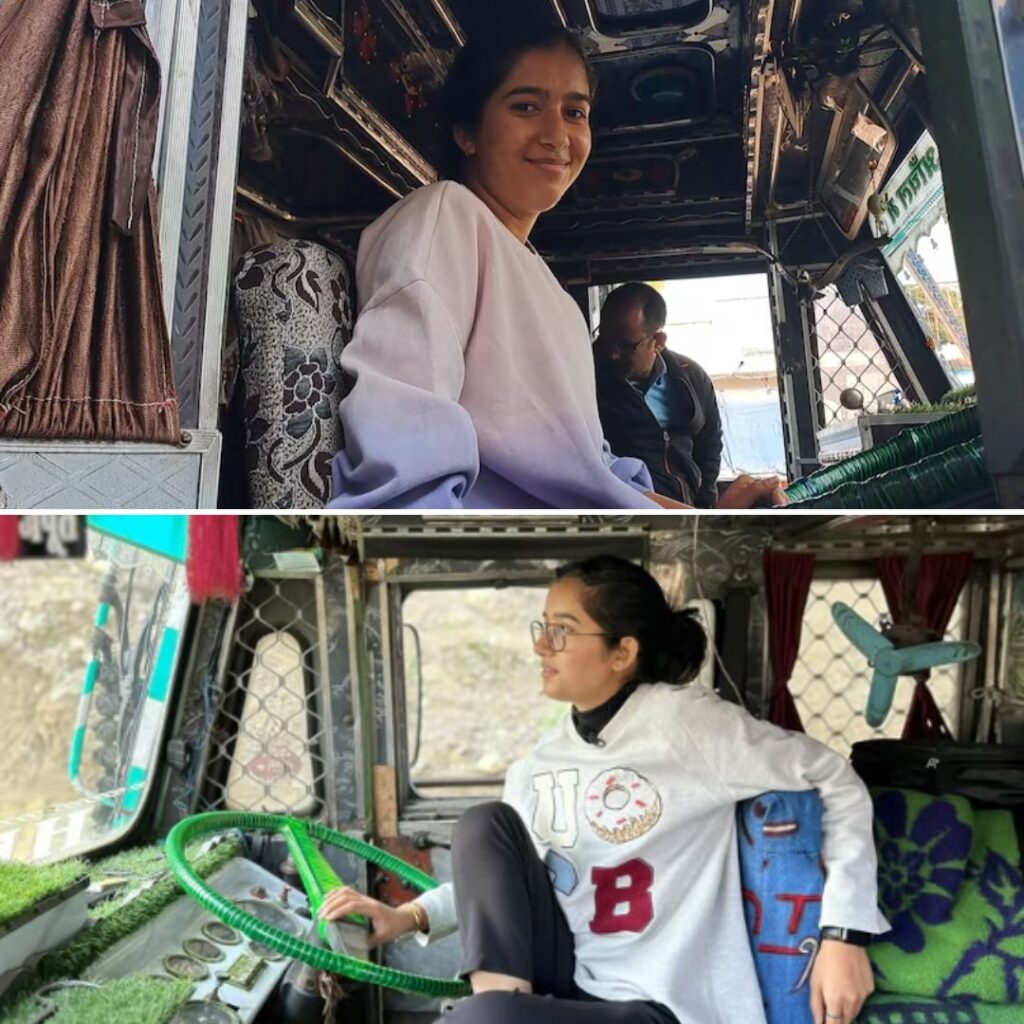The number of coronavirus containment zones in Bengaluru has risen to 458. The city is witnessing an unprecedented spike in the number of infections and COVID-19 fatalities since the past three days.
According to Bruhat Bengaluru Mahanagara Palike (BBMP) War Room, the areas with most active cases include Padarayanapura (70), VV Puram (45), SK Garden (23), Dharmarayaswamy Temple (22), Mangammanapalya (16), and KR Market (14) among others.
#Bengaluru #ContainmentZones (June 23)BBMP Ward No. 1 (Kempegowda) to Ward 61 (SK Garden) Includes Chowdeshwari, Yelahanka Satellite Town, Thanisandra, Byatarayanapura, Vidyaranyapura, Dodda Bommasandra, Horamavu, Malleshwaram, Hoodi among others. pic.twitter.com/pVS4hlQID1
— Ralph Alex Arakal (@ralpharakal) June 23, 2020
With 107 fresh cases on Tuesday, June 23, Bengaluru reportedly recorded a triple-digit spike in the COVID-19 cases for the third straight day with the death toll in the state crossing the 150-mark.
Reports suggest that with 1505 infections, Bengaluru Urban has clocked the maximum share in the state’s total coronavirus cases.
The increase in the number of cases have also hinted at the possibility of community transmission in the city, reported Bangalore Mirror. The publication has reported that a majority of the people testing positive for COVID-19 are asymptomatic.
While the virus continues to spread each day in Bengaluru, Health Minister B Sriramulu has hinted that the government might consider imposing a complete lockdown in the city, if needed.
‘The number of cases in the city are on the rise in the last few days. If the same situation continues, Bengaluru might be put under lockdown yet again,’ he said after visiting KC General Hospital, reported The Indian Express.
However, he added that a final call on the lockdown will be taken only after holding a discussion with Chief Minister BS Yediyurappa and experts in the COVID-19 task force.
According to reports, the Yediyurappa government has increased random testing since there have been positive cases which did not report of any contact with infected individuals.
In an attempt to increase the testing facilities within the city, the Karnataka government has identified 66 private hospitals as ‘Fever Clinics cum Swab-Collection Centres’ which are in addition to the government-run urban primary health centres.
According to media reports, the city is also witnessing a shortage of COVID-19 beds. To address the issue, the state health minister stated that asymptomatic individuals who were being admitted to COVID-dedicated hospitals will now be treated at community halls, marriage halls, hotels and Bhavans.
This is being done to free beds at the COVID hospitals so that symptomatic and serious cases can be treated, according to the minister.
It is significant to note that the Bengaluru’s COVID-19 combat strategy that earlier earned praises when compared with other metro cities with a population of 10 million or more, turned around in no time.
Reportedly, testing and tracing played key roles in keeping the number low. The ‘Bengaluru Model’ was considered to be about tracing of contacts and implementing strict quarantine rules.
Also, the health and civic officials from the city municipal corporation conducted the coronavirus survey rigorously to collect relevant data.
However, with the easing of the lockdown norms, resumption of domestic travel, gradual increase in the economic activities in the tech city— reports emerged of troubles erupting in the containment zones, incidents of violence against the health professionals and police officers were reported too.
Financial Express reported that after the lockdown was lifted, though partially and in phases, the number of cases started rising faster in the city. According to the data from the health department, there were only 358 cases, 10 deaths and five ICU patients in Bengaluru between March 8 and May 31. The number rose to 469 and fatalities to 33 until June 17.
To prevent quarantined individuals from flouting the rules, the state government formed vigilance squads to monitor the inter-state travellers under home quarantine who have been tasked with tracking every movement of the persons under home quarantine. The government also prepared a format to lodge cases against the violators to prevent further transmission of the infection.













